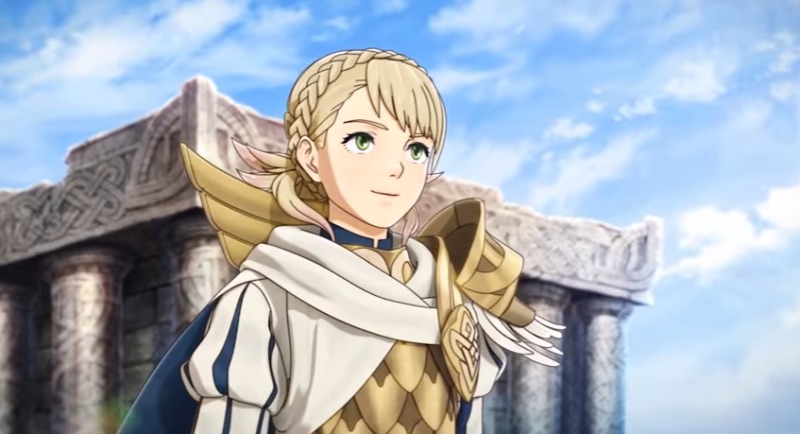Nintendo so far has adopted a very scattershot approach to monetizing its mobile games- Super Mario Run, the very first mobile game it ever released, came with no microtransactions and in game ads, but just a one time payment of $10. On the other hand, Animal Crossing Pocket Camp was free to play, started out with relatively relaxed monetization, before randomized lootboxes were introduced.
Nintendo’s most successful game on mobiles is Fire Emblem Heroes, which, again, is free to play, and uses RNG gatcha elements to generate money (although at the very least it is reasonably relaxed for more casual players). So does that mean this is it? Nintendo will rely on this kind of monetization for all their mobile games going forward?
Speaking to investors at a general briefing, Nintendo’s former President Tatsumi Kimishima noted that this is categorically not the case, and that the company assesses monetization options on a game by game basis based on many considerations, including the intended target audience.
“When deciding how to charge for a smart-device application, we consider each one individually based on factors like the mechanics of the game, the characteristics of the IP it uses, who we think the consumers will be, their needs, and so on,” he said. “With Fire Emblem Heroes, there are many passionate fans of the series, which is especially popular among consumers in their 20s and 30s. So we set the target age to 13 and older, then aimed for a format that would allow consumers to have a deep enjoyment of the game according to their individual play styles. The way we charge for the game is through the purchase of in-game items called Orbs. Orbs are used in a kind of lottery system that randomly determines which character the user will obtain. That said, we clearly indicate the probabilities for obtaining each character within the game, and we employ a mechanic that prevents consumers from spending very high amounts.
“With regards to the smart-device business, we are pursuing several goals, one of which is increasing the opportunities for consumers all over the world to come into contact with Nintendo IP. Super Mario Run has already been downloaded by over 200 million people worldwide, making it an incredibly important application from the perspective of reaching consumers. Another one of our goals is for this to have a synergistic effect on our integrated hardware and software business. With these sorts of goals, we want to offer applications that meet consumer demands while pursuing payment methods which consumers find to be fair so that this can grow to be a pillar of our business.”
I think in the end it comes down to that- for Nintendo, these mobile games are not necessarily money makers (although, of course, they would like for them to generate revenue), but rather, they are meant to be synergistic with their core offerings on their own hardware. It is a strategy we have seen work for them in the past- remember the increase in 3DS sales, as well as of Pokemon games on it, following Pokemon GO‘s release?- so I can’t even say it is without merit.















